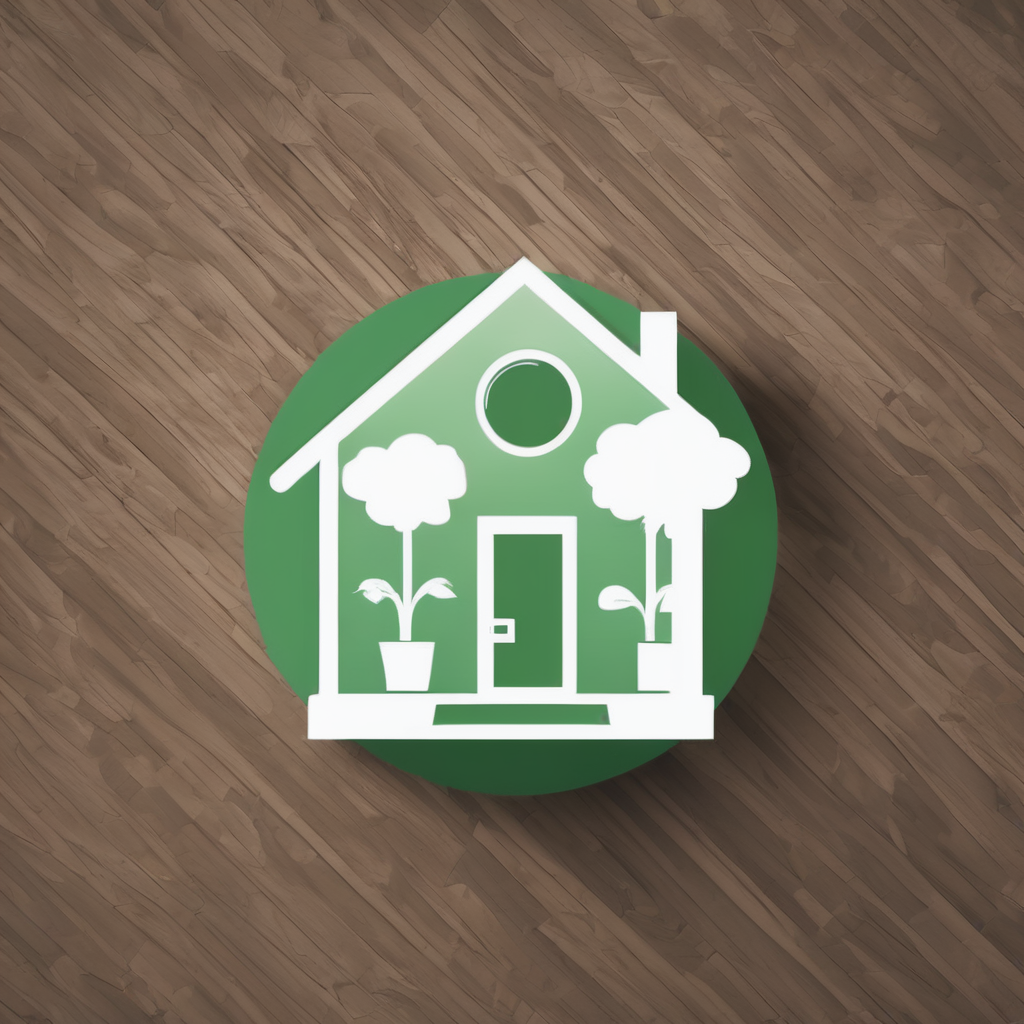Impact of Modern Technology on Home Appliances
The evolution from traditional to smart appliances has dramatically reshaped how we interact with everyday household devices. Technological advancements in home appliances now allow them to be connected, automated, and programmed, moving beyond simple functionality. This shift to modern home technology means devices communicate with each other and with users, optimizing routines for convenience and efficiency.
With the introduction of connectivity and automation, smart appliances can be controlled remotely via smartphones or voice assistants. For example, a smart refrigerator can monitor food inventory and notify owners before items expire, while smart washing machines can adjust settings based on fabric type. These features reduce manual input, leading to a more seamless experience.
In the same genre : How Can You Enhance the Longevity of Your Home Appliances?
Significant improvements in day-to-day user experience include energy savings, better resource management, and enhanced safety features. Smart ovens can prevent overheating by adjusting cooking times automatically, while robotic vacuums can clean efficiently without supervision. The integration of modern home technology transforms appliances into intelligent partners, simplifying domestic tasks and allowing users to focus on more meaningful activities.
Key Innovations Transforming Appliance Functionality
Innovative home appliances are reshaping daily living by integrating smart features that enhance convenience and efficiency. A pivotal change is the incorporation of IoT (Internet of Things) technology, which enables appliances to connect seamlessly with automated home systems. This connectivity lets users control devices via smartphone apps or voice assistants like Alexa and Google Assistant, streamlining household management.
Also to discover : What are the benefits of using eco-friendly cleaning equipment in UK homes?
Automated functions further augment this convenience. For example, smart refrigerators adjust cooling based on usage patterns, and ovens can start preheating remotely. These innovations reduce manual intervention and save time, reflecting the core purpose of innovative home appliances.
Moreover, self-learning and adaptive technologies are emerging as game-changers. Appliances equipped with machine learning algorithms analyze user habits and environmental conditions to optimize performance dynamically. Such technologies not only boost energy efficiency but also extend the lifespan of devices.
These advancements collectively mark a significant leap toward fully synchronized, effortless living. Embracing smart features and automated home systems unlocks new levels of comfort while promoting sustainability through intelligent operation.
Enhancing Energy Efficiency through Technology
Small advances in energy efficient appliances are transforming how homes manage resources. For instance, improved sensors now detect occupancy and adjust heating or lighting accordingly, reducing unnecessary power use. These sensors integrate seamlessly with eco-friendly technology, allowing real-time monitoring of consumption and swift corrections to avoid waste.
Artificial intelligence (AI) plays a pivotal role. AI-powered systems analyze usage patterns and optimize the operation of appliances, cutting down on power and water consumption without sacrificing comfort. For example, smart washing machines can adjust cycles based on load size, conserving water efficiently. Such sustainable home technology empowers users to lower utility bills while contributing to environmental goals.
Consumers focused on sustainability find these technological innovations especially beneficial. Beyond cost savings, adopting energy efficient appliances and integrating AI-driven solutions offers a tangible way to reduce one’s carbon footprint. This practical approach to eco-conscious living exemplifies how modern technology can address environmental challenges. By embracing smart, resource-saving devices, homeowners actively participate in global efforts to promote greener lifestyles.
Connectivity and the Internet of Things (IoT) in Home Devices
Understanding smart home connectivity is essential for fully leveraging connected appliances today. IoT for home devices enables seamless interoperability across multiple devices, allowing users to control them from a single interface. This integration simplifies managing household functions such as lighting, heating, and cleaning.
One key advantage of connected appliances is the ability for remote control and monitoring. Owners can start or pause tasks, check status updates, and adjust settings via smartphone apps, even when away from home. This level of control adds convenience and reassurance, especially for busy individuals or those often traveling.
Moreover, IoT for home devices collect data to facilitate predictive maintenance. Sensors monitor performance patterns, flagging anomalies before they cause failures. This proactive approach minimizes downtime and costly repairs by alerting users to service needs in advance.
Together, these features illustrate how smart home connectivity transforms ordinary appliances into intelligent partners, enhancing efficiency and user experience. Exploring these capabilities empowers homeowners to make smarter, more informed decisions about the connected appliances they choose to incorporate into their routines.
User-Centric Benefits Brought by Advanced Appliances
Small text
Advanced appliances focus on user convenience by adapting to individual preferences. Modern appliance upgrades provide personalized settings, allowing users to tailor functions—for example, smart ovens that adjust cooking times based on recipe inputs or intelligent washing machines that optimize water use according to load size. This level of personalization reduces manual adjustments, making daily routines smoother.
Enhanced safety and diagnostics are central to current appliance upgrades. Built-in sensors can detect malfunctions early and alert users, preventing potential hazards like overheating or water leaks. For instance, some refrigerators monitor temperature fluctuations and notify homeowners if the door is left open. These diagnostics reduce the need for sudden repairs and provide peace of mind.
Simplified household management is another key home automation benefit. By integrating appliances into a central control system, users can monitor and operate devices remotely via smartphones or voice assistants. This integration not only saves time but also promotes energy efficiency by managing usage patterns across multiple appliances, fostering a more seamless home environment.
Real-World Examples of Groundbreaking Appliances
Explore how smart refrigerators, robotic vacuum cleaners, and intelligent ovens are transforming daily life. These appliances combine advanced technology with practical design, offering convenience and efficiency.
Smart refrigerators with inventory management
Smart refrigerators now feature inventory management systems that track food items and their expiry dates. Using internal cameras and weight sensors, these refrigerators alert users to low-stock products or soon-to-expire items. This technology helps reduce food waste and streamlines grocery shopping by sending reminders or automatic shopping lists to your smartphone. Additionally, some models integrate with recipe apps, suggesting meals based on available ingredients.
Robotic vacuum cleaners using AI navigation
Robotic vacuum cleaners employ AI navigation to map and clean spaces autonomously. Using sensors and cameras, these devices create detailed floor plans to avoid obstacles and optimize cleaning paths. Some models adjust cleaning modes depending on floor type and dirt levels. The AI helps them learn and improve over time, making robotic vacuum cleaners a reliable, time-saving household assistant.
Intelligent ovens with remote cooking controls
Intelligent ovens enable users to preheat, adjust temperatures, and monitor cooking progress remotely via smartphone apps. This remote control feature offers flexibility and precision, ensuring perfectly cooked meals without constant supervision. Some ovens incorporate smart sensors to adjust cooking time based on the dish, preventing under or overcooking.
Anticipated Future Trends in Home Appliances
The future of home appliances is set to be shaped profoundly by emerging technology that emphasizes intelligence and sustainability. One of the most exciting trends in home innovation is the integration of advanced AI for proactive services. Appliances will no longer just perform tasks on demand; they will anticipate needs, optimize energy use, and provide maintenance alerts before issues arise. This proactive approach improves convenience and extends the lifespan of devices.
Sustainability and minimalism are becoming priorities in product design and functionality. Consumers increasingly seek appliances that use less energy and materials but deliver high performance. This trend pushes manufacturers to innovate with eco-friendly materials and energy-efficient technologies, aligning with global efforts to reduce carbon footprints.
Moreover, the expected collaboration between platforms and ecosystems will enhance interoperability, letting home appliances communicate seamlessly. This integration will allow users to control multiple devices from a single interface, creating unified smart home experiences. These advancements point to a future where home appliances are not just tools but intelligent partners enhancing daily living.


